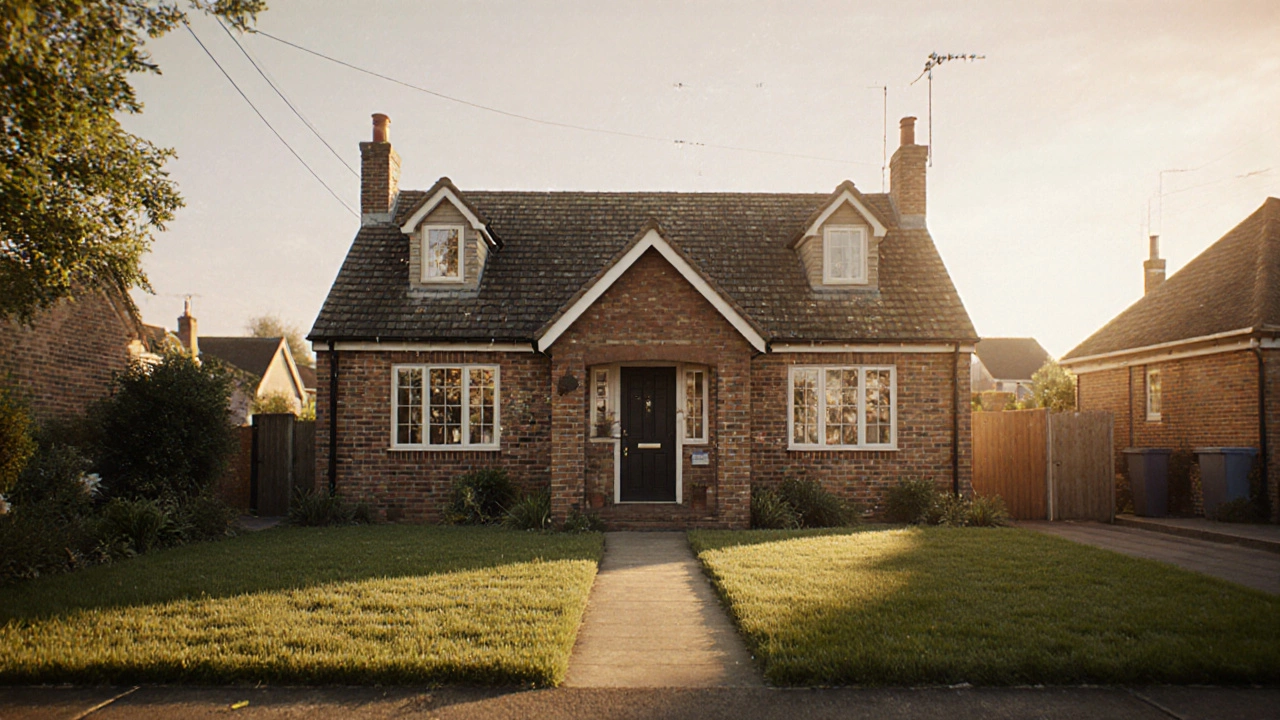FHA Loan Requirements
When you’re hunting for an affordable mortgage, FHA loan requirements, the set of standards the Federal Housing Administration uses to approve borrowers. Also known as FHA guidelines, these rules dictate who can qualify, how much you need to put down, and what property standards apply. Knowing the FHA loan requirements early can keep you from chasing dead‑end offers. The first big piece is the credit score, which the FHA usually expects to be at least 580 for the lowest down payment option. If you’re below that, a larger down payment or a co‑signer may be required. Next up is the down payment, typically 3.5% of the purchase price when your credit score meets the minimum. Finally, the debt‑to‑income ratio (DTI) must stay below 43% of your gross income, though lenders sometimes stretch to 50% with strong compensating factors.
Understanding the Key Pieces
Beyond the three numbers above, the FHA also demands a mortgage insurance premium (MIP). This fee protects lenders against default and is required for the life of the loan if your down payment is under 10%, or for ten years if you put down 10% or more. MIP adds to your monthly payment, so budgeting for it matters as much as the principal. Property eligibility is another hidden hurdle: the home must pass an FHA appraisal that checks safety, structural soundness, and market value. Issues like cracked foundations or missing safety features can knock a property out of the program until repairs are made. For renters, the FHA also allows certain condo conversions and manufactured homes, but each has its own set of documentation requirements.
Many buyers stumble over common pitfalls. One frequent mistake is overlooking the impact of recent bankruptcies or foreclosures; the FHA imposes waiting periods—typically two years after a Chapter 7 filing. Another trap is assuming any mortgage will automatically get FHA approval; the lender must be an approved FHA participant and must submit the loan to the Department of Housing and Urban Development (HUD) for final clearance. Finally, borrowers often forget that the FHA caps loan amounts based on regional median home prices, so in high‑cost areas you may need a larger down payment or look for a different loan program. The posts in this collection dive deeper into each of these quirks, from exact disqualification criteria to ways to boost your credit score before applying.
Armed with this overview, you can compare your own financial picture against the FHA’s standards and decide where to focus your effort—whether that means paying down debt to lower your DTI, improving your credit to hit the 580 threshold, or budgeting for mortgage insurance. Below you’ll find a range of articles that break down each requirement, explain how to fix common problems, and show real‑world examples of buyers who met the criteria. Use the guides to fine‑tune your approach, avoid costly mistakes, and move confidently toward that FHA‑approved home.
